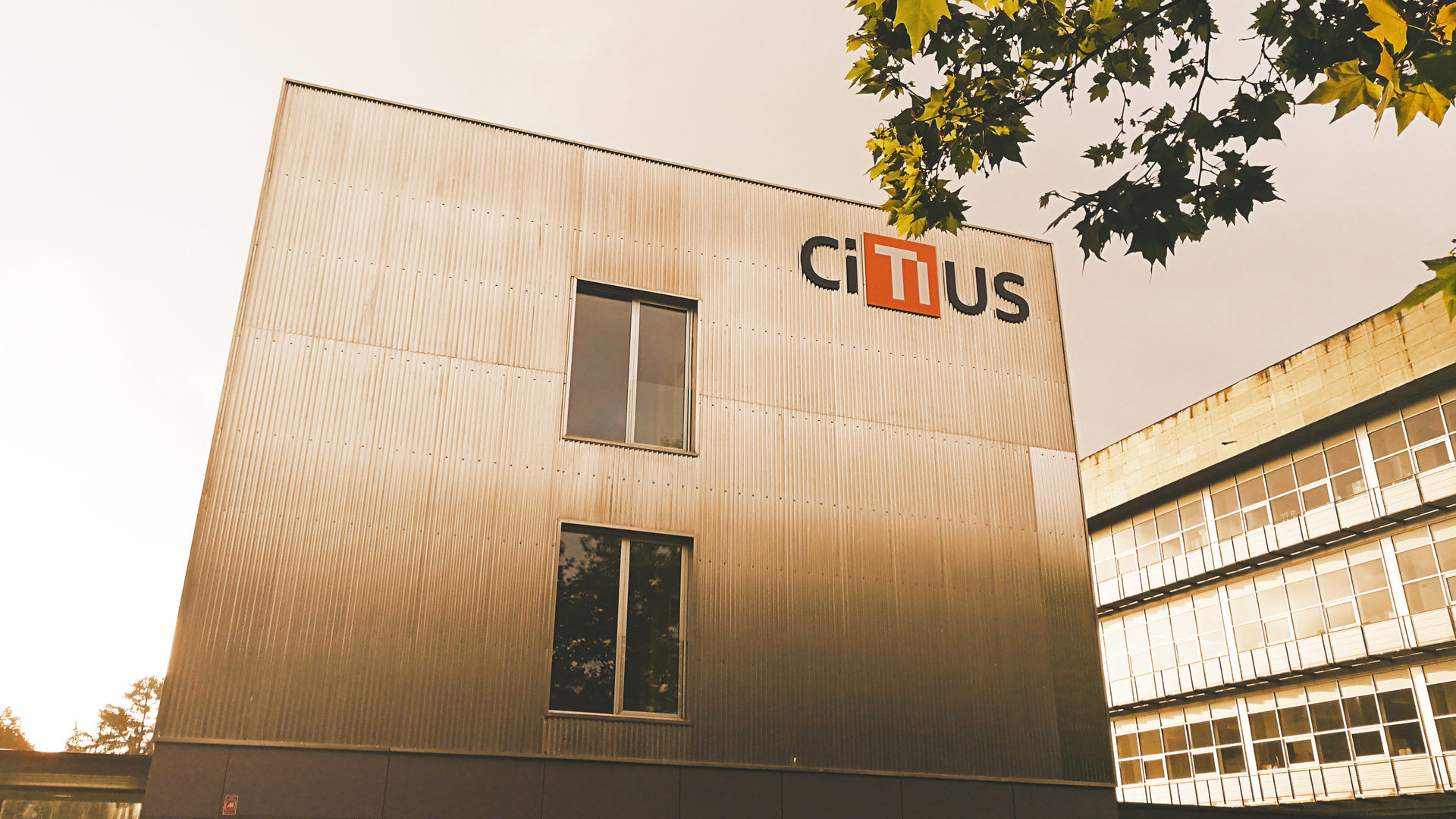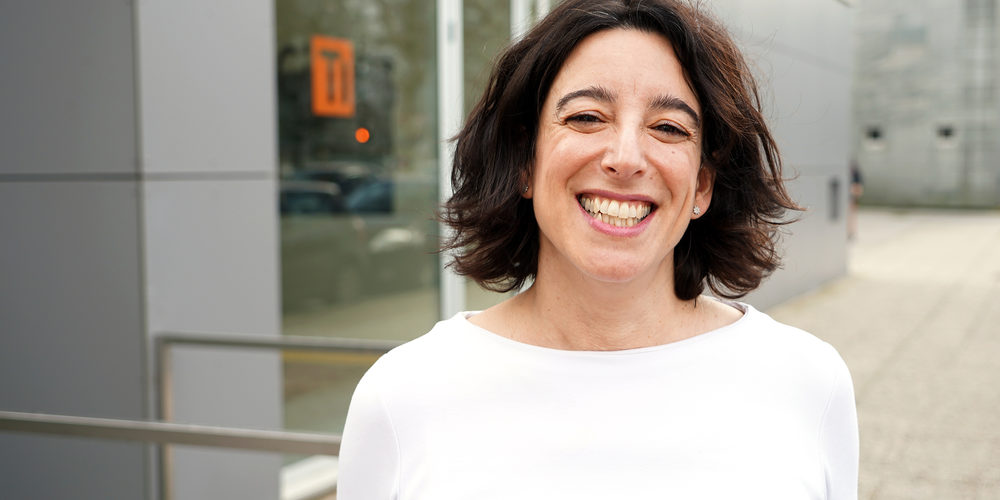
Paula López Martínez
Scientific Coordinator & Leader of MENELAOSNT Team at the University of Santiago de Compostela | CiTiUS | Spain
Prof. Paula López Martínez is the leader of our team in the University of Santiago de Compostela. Upon the retirement of Prof. Otmar Loffeld a few months ago, she became the Scientific Coordinator of the MENELAOSNT Innovative Training Network. Along the following lines, our new Scientific Coordinator gives us some insights into the ongoing research activities within the Project as well as her expectations for the coming years. From MENELAOSNT COLCHIS Blog, we would like to thank her for this enrichful collaboration, which gives us a better understanding and broader outlook of the MENELAOSNT Project.

COLCHIS: Can you talk a bit about yourself? Who are you? What is your background and your field of expertise? How did you get involved in MENELAOSNT? What is your role in the Project?
Paula: I am a physicist by training and my research expertise is on semiconductor photosensing devices and CMOS imagers design. I got involved in the project by previous contact with the University of Siegen team. I am the leader of the University of Santiago de Compostela MENELAOSNT team and after the retirement of Prof. Dr. Otmar Loffeld I was elected as the Scientific Coordinator.
COLCHIS: CiTIUS is one of the main campus of MENELAOSNT with two ESRs currently working and studying in Santiago. Some of the other ESRs’ secondments will also be held here. What is the role of CiTIUS in the Project and in the Network? How is this Institution being involved in the Project (activities, etc.)? What are the expected contributions and achievements you foresee within MENELAOSNT at CiTIUS? What do you expect to obtain from this experience (as an individual and as a group) from the technical but also from a more personal point of view?
Paula: CiTIUS is actively involved in MENELAOSNT. Our two ESRs are CiTIUS researchers and participate in all kind of activities organized by the center, including not only training in both scientific and transversal skills, but also social and dissemination activities. CiTIUS has around 60 PhD students, 32% of which are coming from other countries, with a total of 12 different nationalities. This results in a highly multicultural and enriching atmosphere which, I believe, benefits the doctoral experience. For us, as a small research team, being able to incorporate two young and talented PhD students from abroad is a highly rewarding experience with mutual benefits.
COLCHIS: From your point of view, what are the main objectives the Project should accomplish?
Paula: Our intention is to train these 2 young ESRs into experienced first-class researchers, but we firmly believe that the side benefit of getting to know and live in a different environment and culture further amplifies this goal.
COLCHIS: COVID pandemy has had a siginificant impact on all the activities around the world, especially, those which involve the cooperation and collaboration of several countries. How would you describe the impact of the pandemy on the development of the Project?
Paula: The first and main impacts have been the delays on the recruitment process and some of the planned activities. Also, the fact of not being able to have on-site meetings with the rest of the participants has been a clear downside of the pandemic situation. Besides this, locally we have been able to continue work almost as usual maintaining the security measures.
COLCHIS: As we are approaching to the milestone of the Mid-Term Project check, How wold you describe your experience so far? Has the project fulfilled your expectations?
Paula: I would say yes, with the exception of being able to have real 3D-contact with other participants. If the situation continues to improve, I expect to resume the on-site activities for the summer school.
COLCHIS: What do you think about International and European collaborative programs, such as MENELAOSNT? What role do they play in the future of the EU?
Paula: I think these initiatives are of course very good for the involved ESRs, but also for the European society as a whole, as they help to create an awareness of a shared interest in science and research. Mobility of researchers is another way of creating an united Europe.
COLCHIS: How do you think MENELAOSNT will contribute to the personal and technical development of the ESRs? What are your expectations and feelings for their future? What is your experience so far with them?
Paula: The relatively short duration of the ESR contracts (3 years) has the positive side effect of forcing a very practical and well-outlined route towards a PhD work. The training courses and the planned activities are a no-nonsense approach to research and training. Given the lack of skilled engineering work power in Europe in these fields, I believe that the MENELAOSNT experience will put our ESRs in a unique position to advance their careers whether in academia or in industry.

Recent Comments